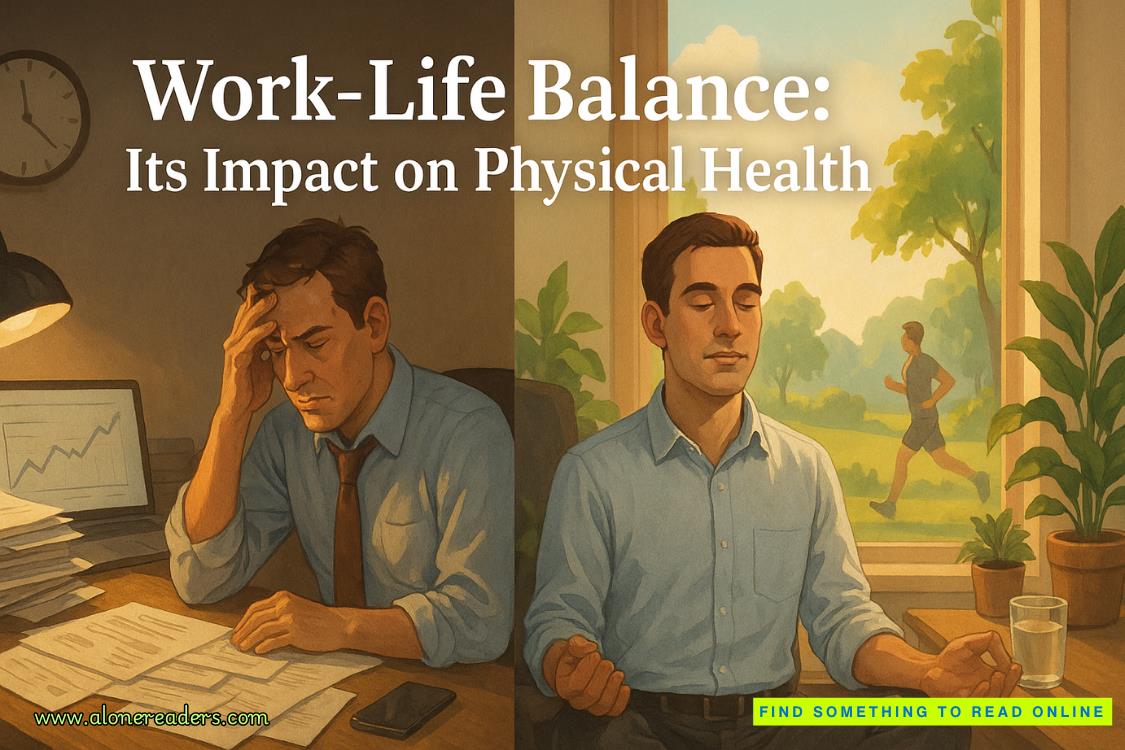“I don’t know,” he said. “All I’m saying is that it’s possible.”
“Why would Prince Julián do such a thing?!”
“You, of all people, shouldn’t have to ask. Remember all the bad press you had to deal with about Ambra and Edmond Kirsch spending time together? The story about how he flew her to his apartment in Barcelona?”
“They were working! It was business!”
“Politics is all appearances,” Suresh said. “You taught me that. And you and I know the prince’s marriage proposal has not worked out for him publicly the way he imagined.”
Suresh’s phone pinged and he read the incoming message, his face clouding with disbelief.
“What is it?” Martín demanded.
Without a word, Suresh turned and ran back toward the security center.
“Suresh!” Martín stubbed out her cigarette and ran after him, joining him at one of his team’s security workstations, where his tech was playing a grainy surveillance tape.
“What are we looking at?” Martín demanded.
“Rear exit of the cathedral,” the techie said. “Five minutes ago.”
Martín and Suresh leaned in and watched the video feed as a young acolyte exited the rear of the cathedral, hurried along the relatively quiet Calle Mayor, unlocked an old beat-up Opel sedan, and climbed in.
Okay, Martín thought, he’s going home after mass. So what?
On-screen, the Opel pulled out, drove a short distance, and then pulled up unusually close to the cathedral’s rear gate—the same gate through which the acolyte had just exited. Almost instantly, two dark figures slipped out through the gate, crouching low, and jumped into the backseat of the acolyte’s car. The two passengers were—without a doubt—Bishop Valdespino and Prince Julián.
Moments later, the Opel sped off, disappearing around the corner and out of frame.
CHAPTER 51
STANDING LIKE A rough-hewn mountain on the corner of Carrer de Provença and Passeig de Gràcia, the 1906 Gaudí masterpiece known as Casa Milà is half apartment building and half timeless work of art.
Conceived by Gaudí as a perpetual curve, the nine-story structure is immediately recognizable by its billowing limestone facade. Its swerving balconies and uneven geometry give the building an organic aura, as if millennia of buffeting winds had carved out hollows and bends like those in a desert canyon.
Although Gaudí’s shocking modernist design was shunned at first by the neighborhood, Casa Milà was universally lauded by art critics and quickly became one of Barcelona’s brightest architectural jewels. For three decades, Pere Milà, the businessman who commissioned the building, had resided with his wife in the sprawling main apartment while renting out the building’s twenty remaining flats. To this day, Casa Milà—at Passeig de Gràcia 92—is considered one of the most exclusive and coveted addresses in all of Spain.
As Robert Langdon navigated Kirsch’s Tesla through sparse traffic on the elegant tree-lined avenue, he sensed they were getting close. Passeig de Gràcia was Barcelona’s version of the Champs-Élysées in Paris—the widest and grandest of avenues, impeccably landscaped and lined with designer boutiques.
Chanel … Gucci … Cartier … Longchamp …
Finally, Langdon saw it, two hundred meters away.
Softly lit from below, Casa Milà’s pale, pitted limestone and oblong balconies set it instantly apart from its rectilinear neighbors—as if a beautiful piece of ocean coral had washed into shore and come to rest on a beach made of cinder blocks.
“I was afraid of this,” Ambra said, pointing urgently down the elegant avenue. “Look.”
Langdon lowered his gaze to the wide sidewalk in front of Casa Milà. It looked like there were a half-dozen media trucks parked in front, and a host of reporters were giving live updates using Kirsch’s residence as a backdrop. Several security agents were positioned to keep the crowds away from the entrance. Edmond’s death, it seemed, had transformed anything Kirsch-related into a news story.
Langdon scanned Passeig de Gràcia for a place to pull over, but he saw nothing, and traffic was moving steadily.
“Get down,” he urged Ambra, realizing he had no choice now but to drive directly past the corner where all the press were assembled.
Ambra slid down in her seat, crouching on the floor, entirely out of view. Langdon turned his head away as they drove past the crowded corner.
“It looks like they’re surrounding the main entrance,” he said. “We’ll never get in.”
“Take a right,” Winston interjected with a note of cheerful confidence. “I imagined this might happen.”
Blogger Héctor Marcano gazed up mournfully at the top floor of Casa Milà, still trying to accept that Edmond Kirsch was truly gone.
For three years, Héctor had been reporting on technology for Barcinno.com—a popular collaborative platform for Barcelona’s entrepreneurs and cutting-edge start-ups. Having the great Edmond Kirsch living here in Barcelona had felt almost like working at the feet of Zeus himself.
Héctor had first met Kirsch more than a year ago when the legendary futurist graciously agreed to speak at Barcinno’s flagship monthly event—FuckUp Night—a seminar in which a wildly successful entrepreneur spoke openly about his or her biggest failures. Kirsch sheepishly admitted to the crowd that he had spent more than $400 million over six months chasing his dream of building what he called E-Wave—a quantum computer with processing speeds so fast they would facilitate unprecedented advances across all the sciences, especially in complex systems modeling.















